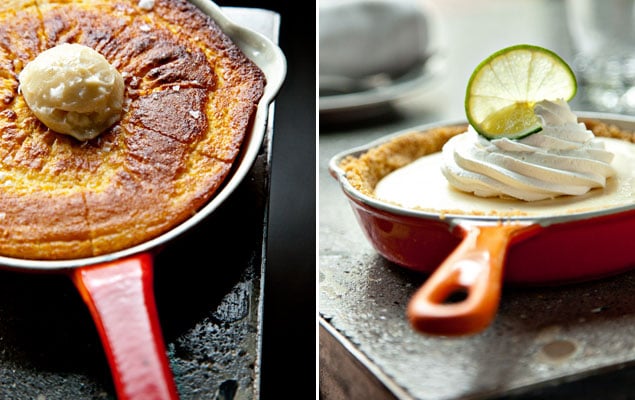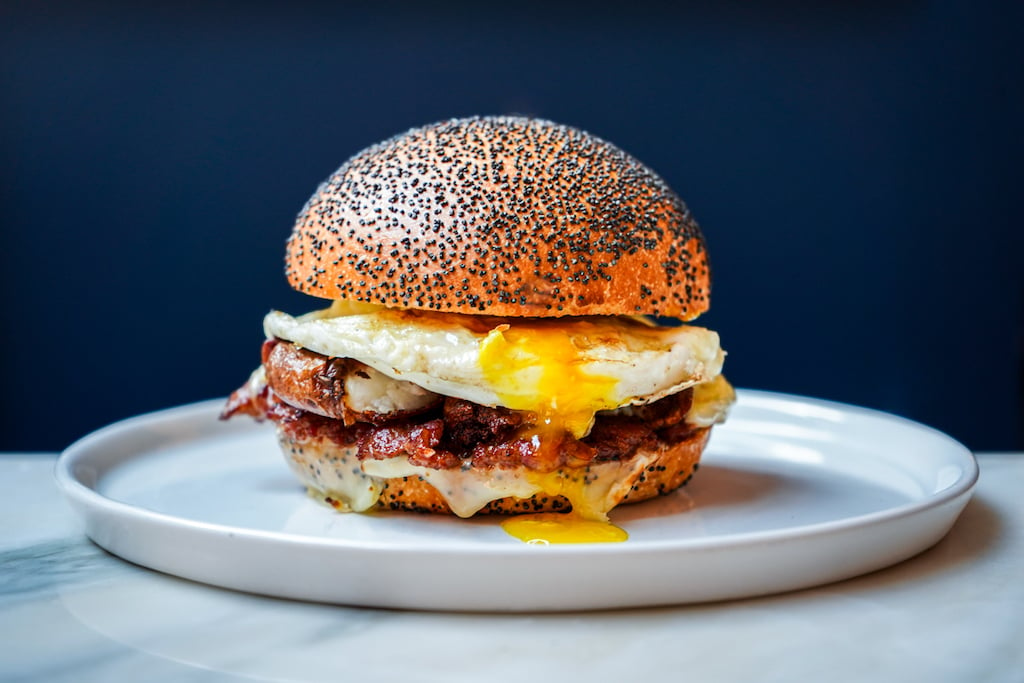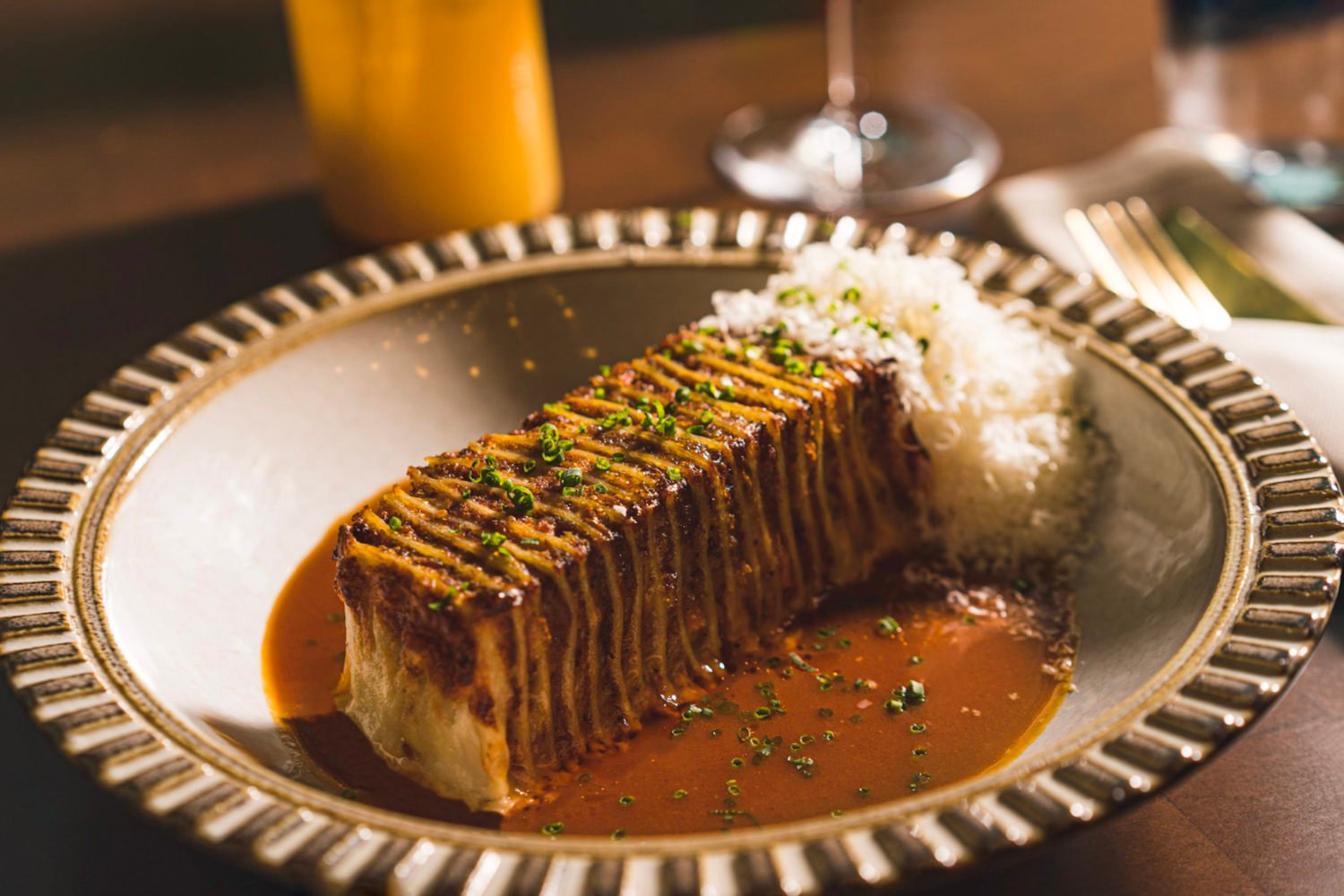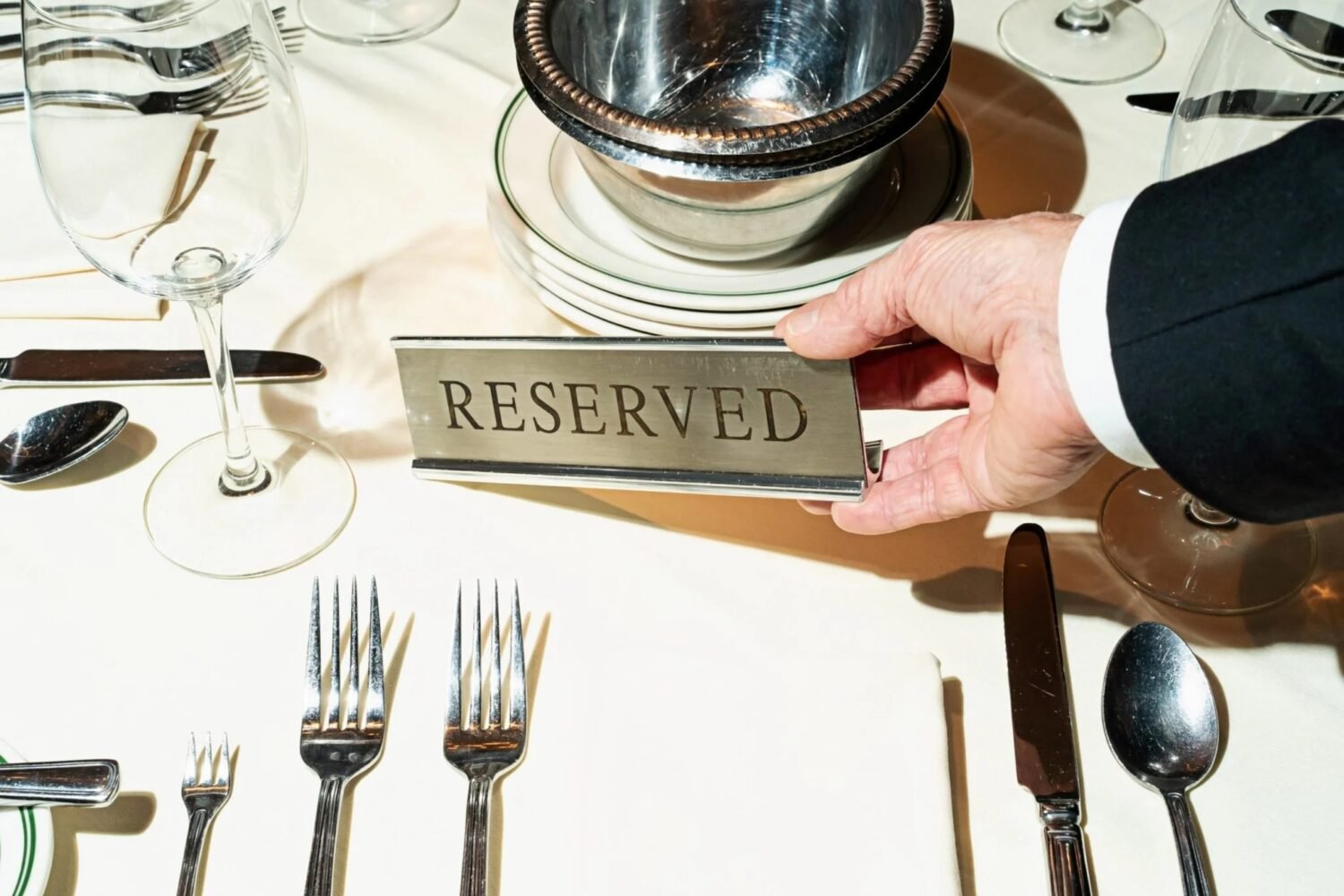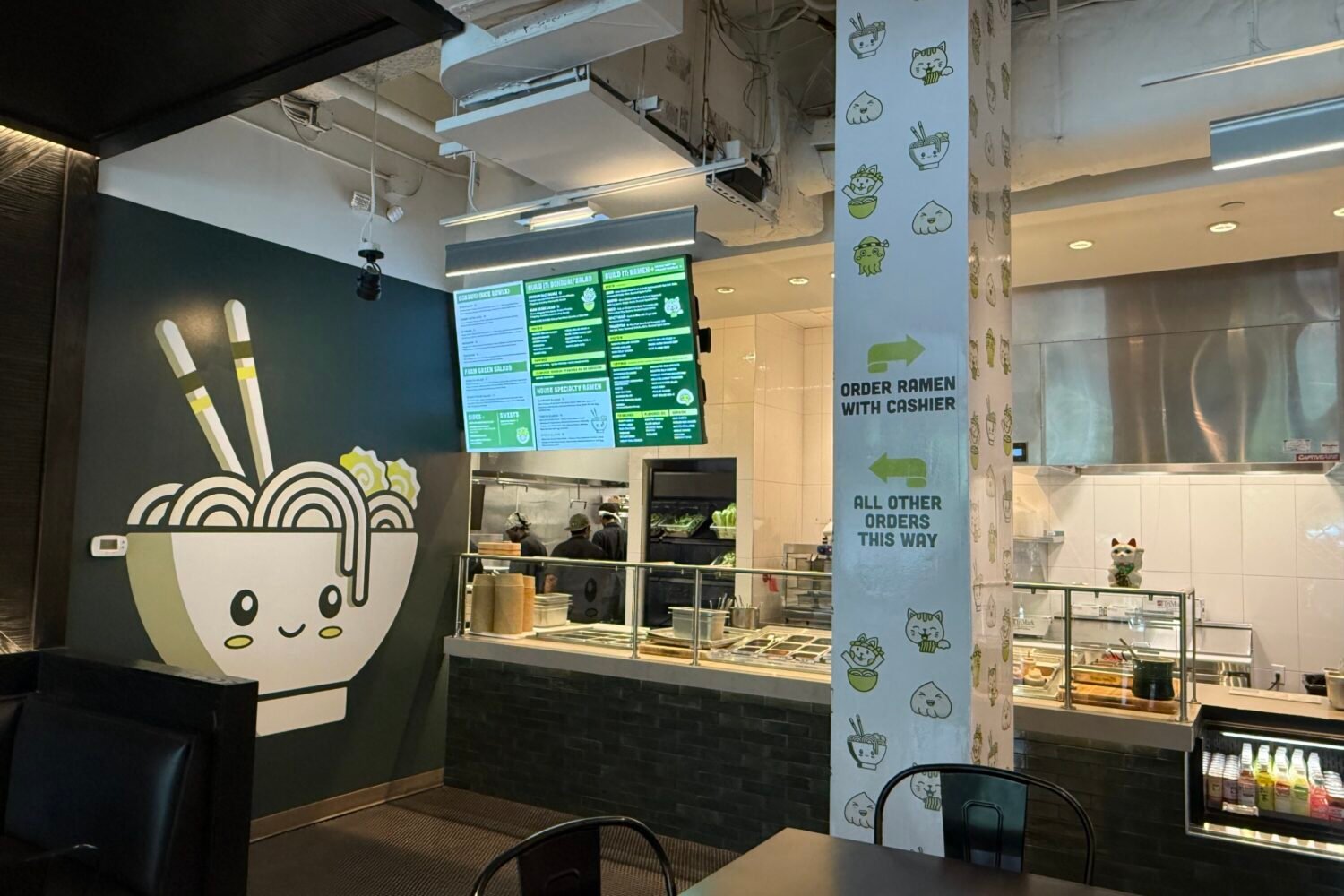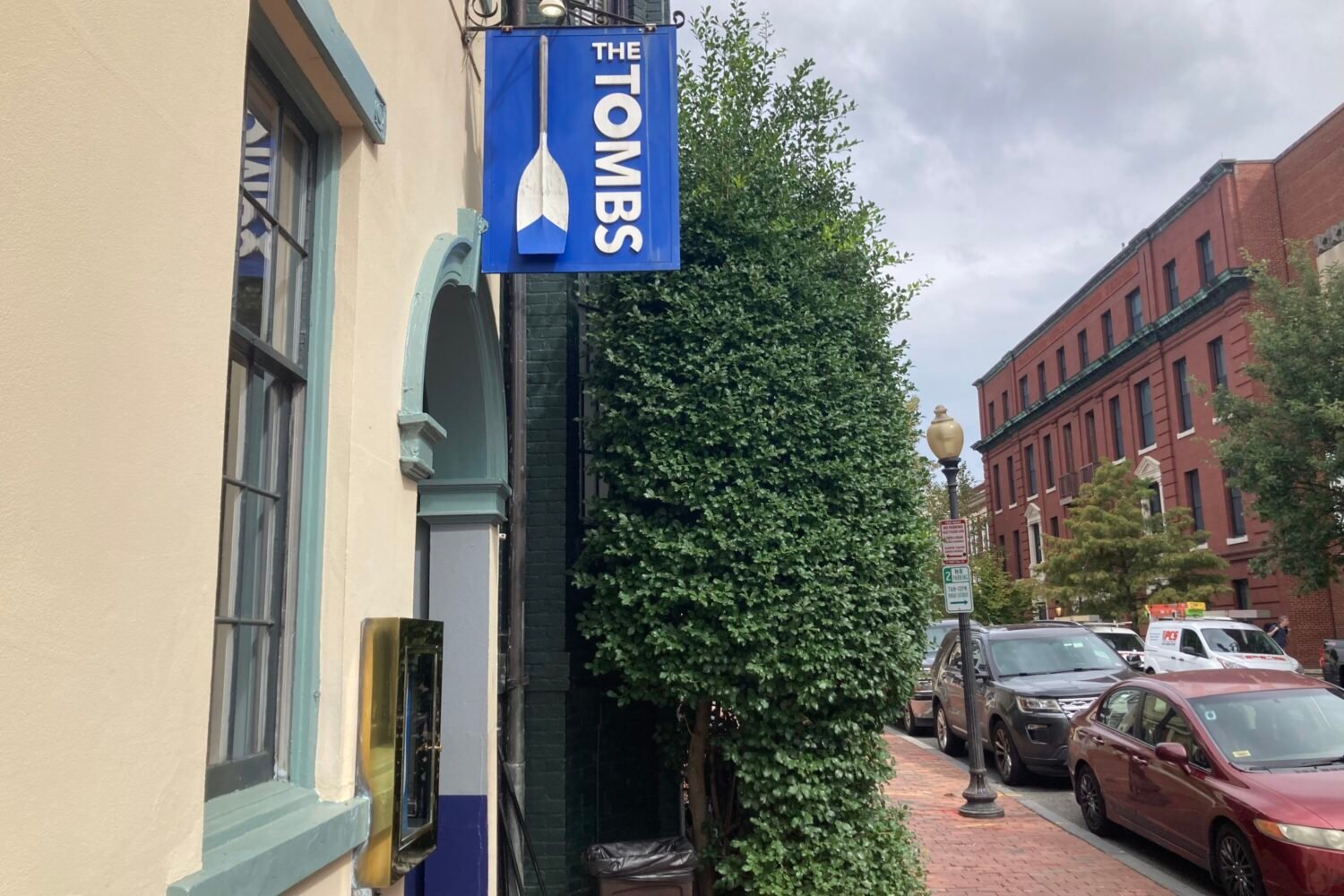Slideshow: Inside Green Pig Bistro
The life span of a trend in the restaurant world is about as
long as that of a trend in the fashion world. Which is to say, not long at
all. The poor fruit fly lives longer.
Remember when sous-vide was all the rage? What was
that, nine months ago?
But “local, regional, seasonal”—a virtual mantra among chefs
these days—has proven so durable, it’s probably time to regard it as more
than a trend. So thoroughly have its assumptions and attitudes saturated
the scene that the question to ask of any ambitious new place is not
whether it has embraced the principles but to what degree.
Credit the phrase’s durability in part to its malleability.
Just when you think “local, regional, seasonal” is on the verge of
irrelevance, along comes a subgenre to revive the form. The latest
mutation was identified not long ago by a friend who walked into Green Pig
Bistro and asked, “What’s this supposed to be, some kind of hipster
farmhouse?”
If farm-to-table has helped contextualize local, regional, and
seasonal, “hipster farmhouse” is its logical, big-city extension. Think of
it as its unruly offspring, a brash kid who flexes his tattooed bicep but
also demonstrates such regard for his forebears that you can’t help but
feel affection for him, even when he screws up.
To a greater degree than such recent DC arrivals as District
Kitchen, Boundary Road, and Mintwood Place, Green Pig Bistro defines the
subgenre. The low-slung room looks like a basement as designed by Frank
Lloyd Wright: cool, clean lines, a pervasive gray that feels like the
absence of color, and tall, uncurtained windows that let the neighborhood
in.
A corridor leading to the dining room is pasted with old
recipes, a detail meant to impart the down-home sensibility of Sunday
supper but done so immaculately that it’s hard not to see the guiding hand
of a design firm. A long table dividing the dining room showcases a
collection of casserole crocks piled just so. Napkins are
dishtowels.
Now the hipster influence: Instead of well-heeled preppies
kicking back in Dockers, populate the scene with the hard-drinking
denizens of DC’s H Street, Northeast, and crank up the Curtis Mayfield.
That dude with the mohawk and baroque tattoos? That’s the sous chef. Can’t
remember the name of the black-T-shirted waiter who took your drink order?
When he deposits your excellent Port City Porter, from the Alexandria
brewer, or your fine Cab Franc from Michael Shaps’s Virginia Wineworks, it
might be inked on his wrist.
And then there’s pig, as obligatory an item as an oven and a
stove, and in the end probably more important than either.
On the way to dinner one night, I said to a friend, “I hope you
like pig.”
“You mean pork?”
“No,” I said. “Pig.”
He thought I was making an unnecessary distinction—until the
first of chef Scot Harlan’s courses arrived: a taco piled with strips of
pig ear fried and salted to resemble crunchy potato matchsticks, topped
off with a dab of guacamole; a mini-Reuben in which dainty squares of
buttered rye enclosed a plank of corned ox heart; and best of all, a
surf-and-turf that paired Korean-glazed pork ribs with sweet, salty clams
and gently steamed bok choy.
Once upon a time, chefs wanted you to appreciate how much
detail went into their plates—the repeated strainings it took to produce a
consommé, the precision of the knife work in the brunoise. The
hipster-farmhouse chef wants you to think he just whipped something up on
a moment’s notice and to revel in his witty synthesis of high and
low.
Harlan is an artisan—he sources his meats and vegetables
locally and does his own butchering and pickling—and the cleanness of his
style is proof of his technical facility, but he clearly seems obsessed
with the unvarnished pleasures of pub grub and junk food. The quality of
his raw materials and the accuracy of his aim enable him to turn out
dishes that are lighter and more complex than the originals: pork ribs in
the style of Buffalo wings; lamb sweetbreads in the style of Kung Pao
chicken; pig’s feet in the style of tater tots; French fries in the style
of poutine; gnocchi in the style of stuffed potato
skins.
These are fun ideas, but the quality varies. The ribs were
fantastic, the hot sauce and blue-cheese sauce as luxurious as an elegant
wine reduction, the ribbons of celery providing just the right bitterness.
The gnocchi, however, were overrich, and the sweetbreads arrived
overcooked, lacking the custardy consistency that would sharpen the
contrast with their crunchy, KFC-like exterior.
At times you wonder whether Harlan thinks merely evoking the
junk-food original is sufficient, as if constructing a dish around
ingredients few people would have ordered a decade ago was itself an
accomplishment. Management reinforces this notion. “How is everything?” a
GM asked more than once. Then, pointing to one of the chef’s remastered
dishes: “Pretty awesome, huh?”
A little guidance from the staff when it comes to ordering
would be a good thing. Creating balance in a meal can be a challenge when
even the veggies, such as an excellent plate of asparagus (topped with
hollandaise and a poached egg), don’t provide respite from the richness.
That one of the lightest dishes is country-style pâté with vinegared
frisée is a commentary both on Harlan’s precise handling and on how
gut-busting many of the dishes are.
One of the ironies of the menu is that many of the best plates
are the simplest, such as a cheeseburger that is—surprise—not made with
pig innards. It’s just a very good burger, with well-seasoned beef from,
as my waiter put it “a happy local cow.” (Note to staff: Personification
is not appetizing.)
The steak, too, came from a “happy cow,” though its meat was
chewy and needed all of its marrow butter to keep things interesting.
Better was a plate that appeared almost out of place: juicy roast Cornish
hen with cornbread dressing and ham-studded greens. No offal, no
cleverness. Simple, sublime. Spring for the irresistible Parker House
rolls or cornbread to go with it.
Harlan was previously the pastry chef at Inox in Tysons Corner,
a high-profile restaurant with a comet-like trajectory. He has reprised
that role here. Green Pig Bistro is a less ambitious place, but many of
his sweets bear the marks of fine dining, including superb Key-lime pie
for two, perfect butterscotch pudding, and banana cake that tastes more
intensely of banana than a banana. The cleanness of his style helps lessen
the impact of all those calories if not actually reducing their
number.
I suppose it’s possible that one day we’ll see the advent of
“health nut farmhouse,” though in the midst of this pork-centric age, it’s
hard to imagine. I certainly can’t see Harlan and his tatted-up crew
getting behind it.
This article appears in the August 2012 issue of The Washingtonian.

